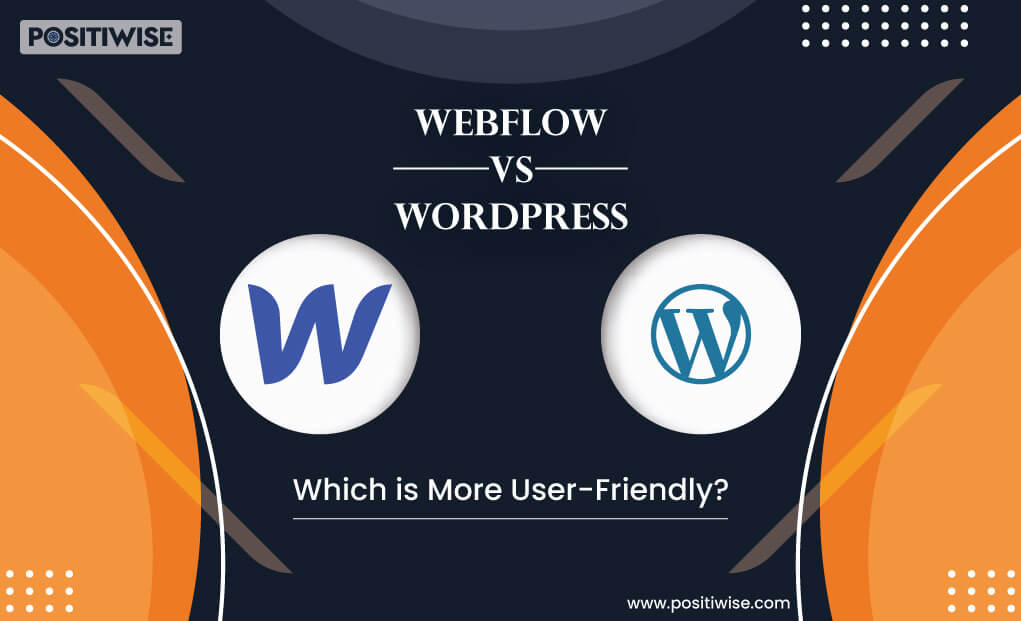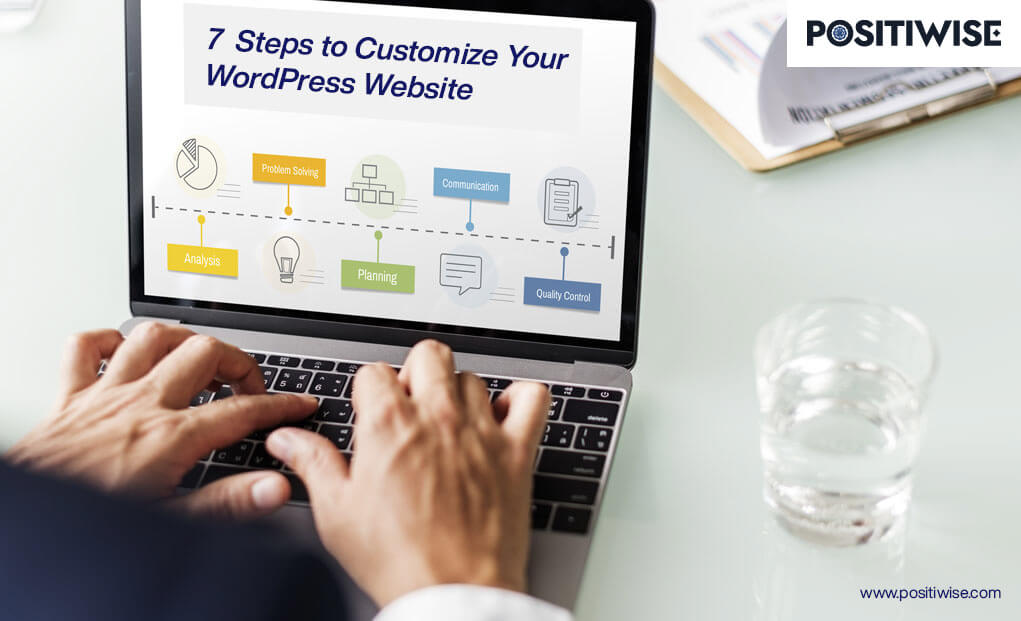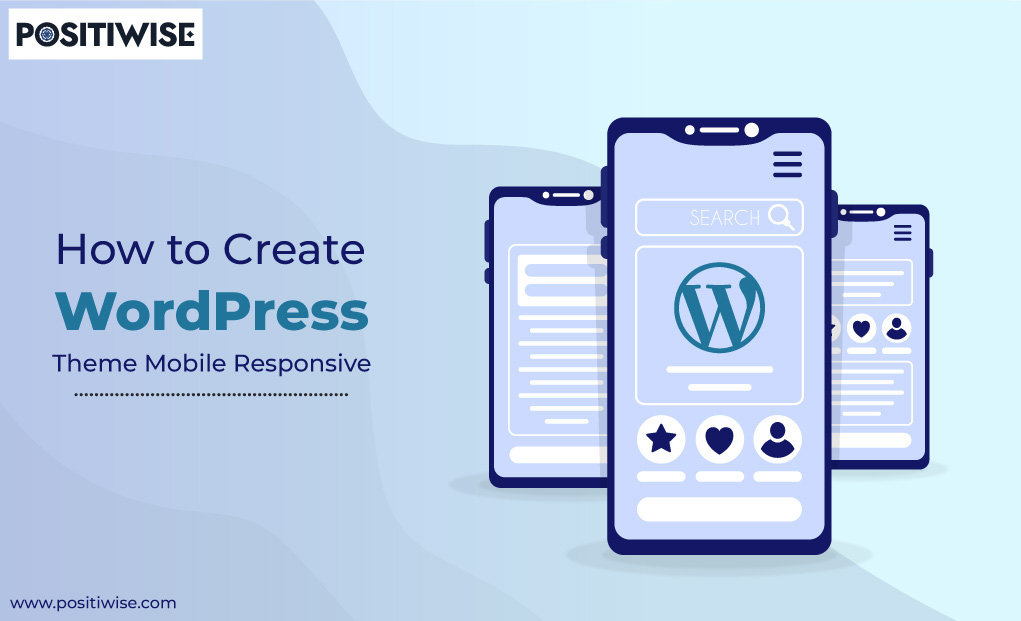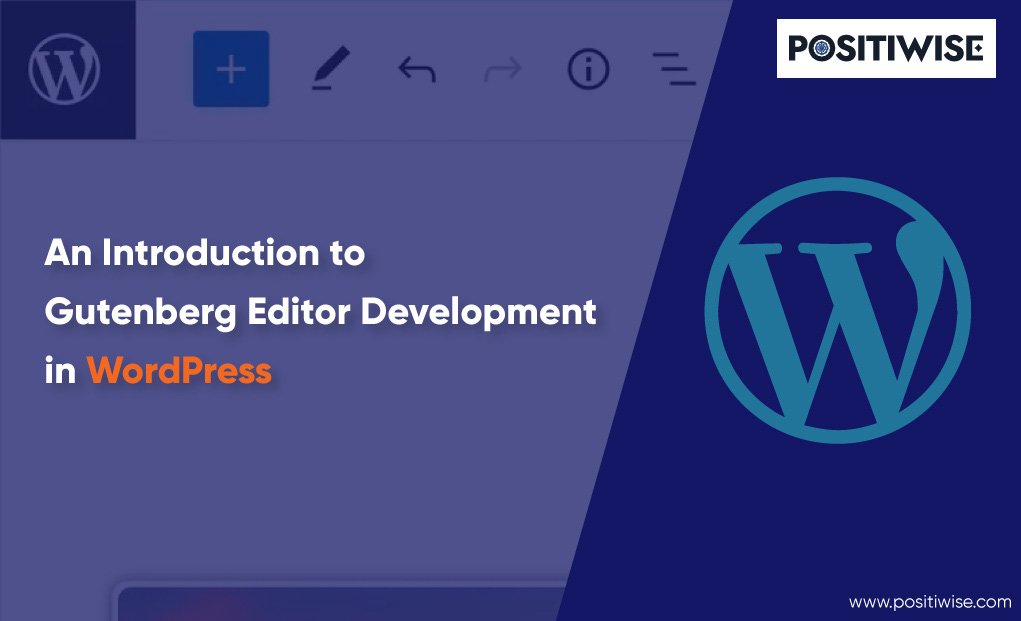Quick Overview:
Picture this – You are ready to establish your online presence, and the choice at hand is between WordPress and Webflow. Both platforms promise to turn your website dreams into reality, but here’s where the fork in the road appears – which one offers a friendlier, more intuitive experience? Delving into the intricacies of website development, this article undertakes the task of demystifying the user-friendliness quotient of WordPress and Webflow.
Launching a website used to be a convoluted affair, but the game has changed with the rise of platforms like WordPress and Webflow. The crux of the matter now lies in deciphering which platforms cater to the modern user’s desire for simplicity and accessibility. With WordPress hailed for its widespread use and Webflow praised for its ease, the debate rages on – Which one truly emerges as the more user-friendly option?
In this article, we delve into the realm of user-friendliness and the performance aspect, dissecting the experiences offered by WordPress and Webflow. By exploring their respective interfaces, setup processes, customization options, and the vital WordPress vs Webflow performance comparison, we aim to guide you toward the platform that aligns most seamlessly with your website-building aspirations. So, let’s dive into the Webflow vs WordPress showdown after understanding these platforms.
What is Webflow?
Webflow stands out as a cloud-based website design and development platform, offering a comprehensive solution for designing, constructing, and launching responsive websites seamlessly within a visual framework.
What sets Webflow apart is its widespread popularity among web developers and designers alike, primarily attributed to its user-friendly nature and remarkable flexibility. This platform boasts an intuitive drag-and-drop interface, allowing users to construct intricate layouts, animations, and interactive elements easily. With Webflow, the realm of dynamic and responsive websites that adeptly adapt to varying screen sizes and devices becomes a reality.
A standout advantage of embracing Webflow is its capacity to foster seamless collaboration between designers and developers. Its robust Content Management System capabilities empower designers to construct websites enriched with content, ready to be effortlessly edited and managed by clients or content editors. This feature-rich environment makes Webflow an ideal choice for freelancers and agencies that offer web design and development services, enhancing efficiency and client satisfaction.
What is WordPress?
WordPress stands as an open-source content management system (CMS), acclaimed for its prevalence in enabling individuals to create diverse websites without requiring coding prowess. It emerges as a cost-free software solution, open for installation, utilization, and personalization by anyone.
Traceable back to its origins in 2003, WordPress was conceived by the collaborative efforts of Matt Mullenweg and Mike Little. Its inception emerged as a fork from a blogging tool called ‘b2/cafelog’. However, the trajectory of WordPress took an evolutionary turn, ultimately asserting its dominance. According to our most recent report on WordPress market share, this platform commands authority over a remarkable 43% of all websites found on the vast expanse of the internet.
Creating such dominance was possible because of its framework. Within its framework lies an extensive stock of themes and plugins, allowing you to tailor your website’s visual and operational characteristics. These plugins boost your website’s functionalities, paving the way for attributes such as interactive contact forms, seamless integration with social media landscapes, and optimizing search engine visibility.
Recommended Read: WordPress.com vs WordPress.org: Which One is better?
Features Comparison between Webflow vs WordPress
User-Friendliness
To determine which platform offers greater user-friendliness, we must begin by conducting a comprehensive comparison between WordPress and Webflow. By assessing factors like ease of use, customization capabilities, security measures, etc., we can unravel the answer to our overarching question.
Ease-of-Use
WordPress presents a steeper learning curve when it comes to ease of use, particularly during the setup process. This process involves locating suitable hosting, finding a domain registrar (unless your chosen host handles it), installing WordPress, integrating a theme, and incorporating plugins. In contrast, Webflow boasts a smoother learning curve. Especially during setup, it proves to be more user-friendly, saving you time and effort.
Customization
WordPress shines when it comes to customization and flexibility. Its near-limitless options empower you to tailor your website’s design and functionality to your exact specifications. Conversely, while Webflow does offer customization capabilities, altering templates is not as straightforward as changing a theme in WordPress. This might be a consideration for those who prioritize intricate design control.
Security
When it comes to security, WordPress websites can sometimes be exposed to vulnerabilities due to their reliance on external themes, plugins, and hosting services. Ensuring security often demands taking supplementary precautions, especially as the website’s complexity grows. On the flip side, Webflow is constructed predominantly on the reliable infrastructure of Amazon Web Services (AWS) hosting, a renowned figure in the field of secure web hosting. This fundamental setup significantly bolsters the security framework of Webflow sites.
Pricing
WordPress, celebrated for its status as free and open-source software, presents the opportunity to download, install, and oversee it independently. Nevertheless, it’s essential to recognize that while the software is free, ongoing expenses are tied to hosting, domain registration, and potentially premium themes and plugins. Over time, these costs can amass. In contrast, Webflow introduces various pricing plans designed to cater to diverse requirements. These plans are organized into tiers, aligning with the features they furnish, thereby accommodating a wide range of budget considerations.
Learning Curve
As stated earlier, WordPress boasts extensive features and plugins that can empower your website’s functionality and design. However, it’s important to note that WordPress does come with a steeper learning curve, particularly during the setup process. Finding suitable hosting, selecting a domain registrar (unless handled by the host), installing WordPress, incorporating a theme, and integrating plugins can be intricate and time-consuming. While its offerings are robust, this complexity might be a hurdle for those new to web development.
Conversely, Webflow presents an alternative approach. Webflow simplifies website creation through a visual design and drag-and-drop interface, allowing beginners to bring their design visions to life without needing coding knowledge.
WordPress vs Webflow – Which is More User-Friendly?
The decision between WordPress and Webflow based on user-friendliness hinges on your familiarity with web development, your preferences for customization, and your readiness to invest time in learning. If you’re experienced and desire comprehensive or complete control over every aspect of your site, WordPress could be your option.
Whereas, if you’re seeking a quicker and more straightforward path to a professional-looking website and are willing to compromise some level of customization, Webflow might be your ideal fit.
Webflow vs WordPress: Comparison Chart
| Benchmark | Webflow | WordPress |
|---|---|---|
| Ease-of-Use | A smoother learning curve, user-friendly. | Steeper learning curve during setup. |
| Customization | It offers customization but is less straightforward. | Highly customizable and flexible. |
| Security | Built on secure AWS hosting, enhanced security. | Vulnerabilities due to third-party reliance. |
| Pricing | Tiered pricing plans with varying features. | Free software, ongoing costs for hosting, domain, themes, plugins, etc. |
| Learning Curve | Visual design interface, ideal for beginners. | A steep learning curve, especially in the setup. |
| User-Friendliness Decision | Based on the streamlined approach and level of customization desired. | Based on web development familiarity, customization preferences, and willingness to learn. |
When Should an Individual Use WordPress and Webflow?
An individual should pick WordPress when they want to have full control over their website’s functionality and design. The platform’s extensive customization options make it possible and allow users to have fine-grained control over their online presence.
Whereas, Webflow should be opted for by an individual who prefers a more streamlined approach to crafting a professional-looking website. Worflow’s user-friendly interface is particularly suitable for those seeking a simpler, hassle-free web development experience.
Want to Create a Stunning WP Website?
Looking to create a stunning WP website that truly stands out? Look no further than Positiwise, your premier WordPress Development Company. We specialize in turning your website vision into reality, ensuring it catches the eye and delivers a seamless user experience.
With Positiwise, you’re not just getting a website – you’re getting a strategic partner dedicated to your success. Our team of skilled professionals possesses a deep understanding of WordPress and its capabilities. We blend creativity and expertise to design websites that look fantastic and function flawlessly.
Therefore, if you’re prepared to create a remarkable and user-friendly online presence, Positiwise is here to transform your vision into reality. Let’s collaborate to build a website that makes a lasting impact on your visitors.
Get Your Website Built Right with Our Dedicated WordPress Developers
Want a WordPress site that not only looks great but also functions flawlessly? Our expert WordPress developers have the skills and experience to build, customize, and optimize your site to meet your unique needs.

Conclusion on Webflow vs WordPress
The choice between WordPress and Webflow hinges on your specific requirements and priorities. WordPress might be your preferred option if you prioritize unparalleled customization and don’t mind navigating a steeper learning curve. Conversely, if you value simplicity, ease of use, and enhanced security, Webflow could be the better fit. Assess your needs and preferences carefully to select the platform that aligns most closely with your goals.
Expert in Marketing Strategy and Brand Recognition
Jemin Desai is Chief Marketing Officer at Positiwise Software Pvt Ltd, he is responsible for creating and accelerating the company’s marketing strategy and brand recognition across the globe. He has more than 20 years of experience in senior marketing roles at the Inc. 5000 Fastest-Growing Private Companies.






